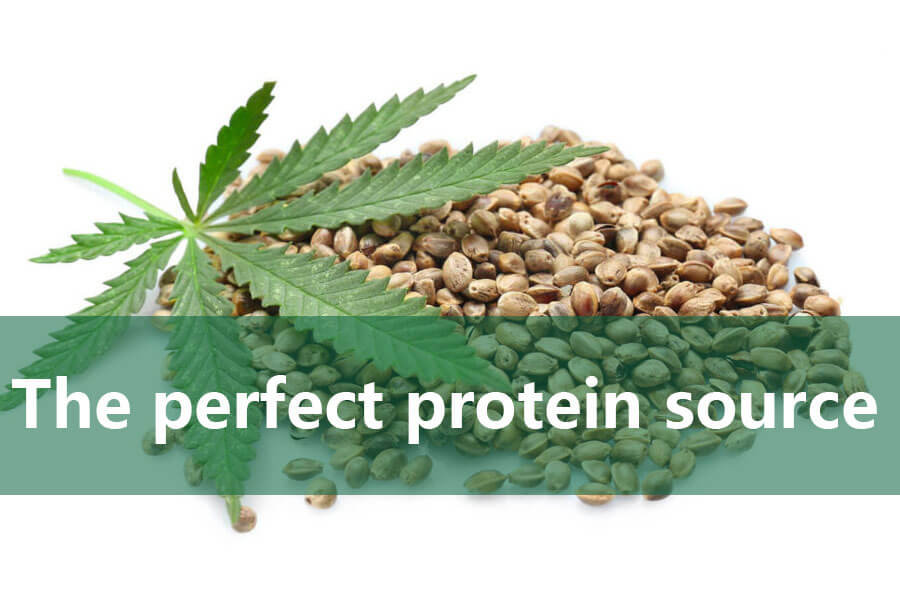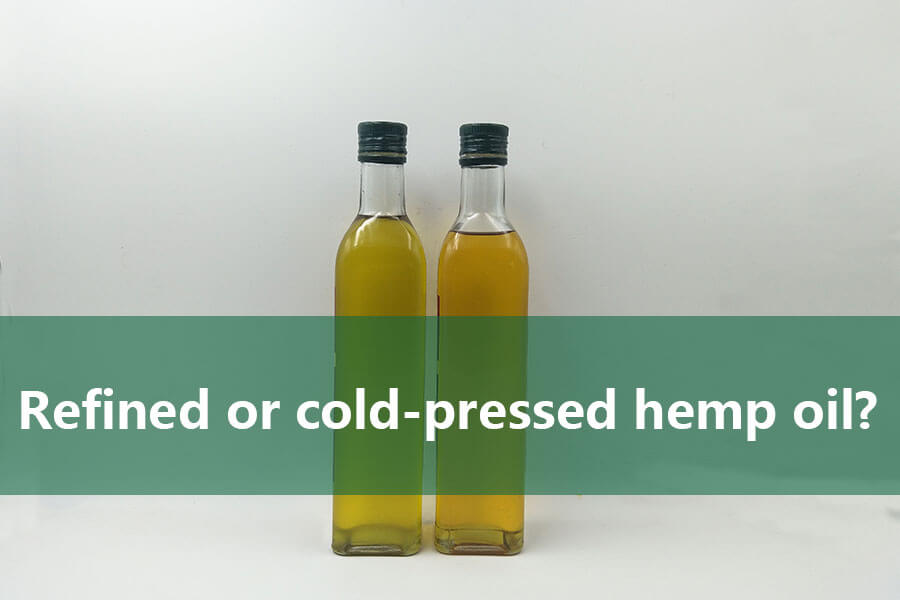Hemp, also called Cannabis Sativa, China-hemp, and also defined as Cannabis. It’s a tough and cold-resistant annual herb plant. We can use hemp in medical research and food production.
Hemp originated in Central Asia. Hemp cultivation for fiber was recorded in China as early as 2800 BCE and was practiced in the Mediterranean countries of Europe early in the Christian era, spreading throughout the rest of Europe during the Middle Ages. It was planted in Chile in the 1500s and a century later in North America.
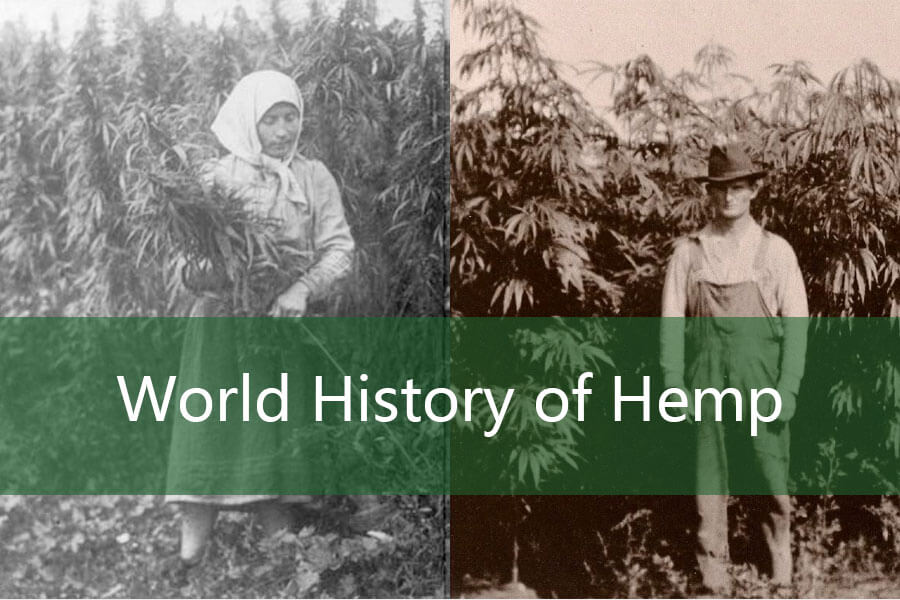
Throughout history, hemp continued to spread across civilizations. We have found evidence of hemp material in Asia, Europe, Africa, and later in South America.
Throughout generations, hemp was a key ingredient in everyday life, as it was used to daily essentials such as clothes, shoes, ropes, and paper.
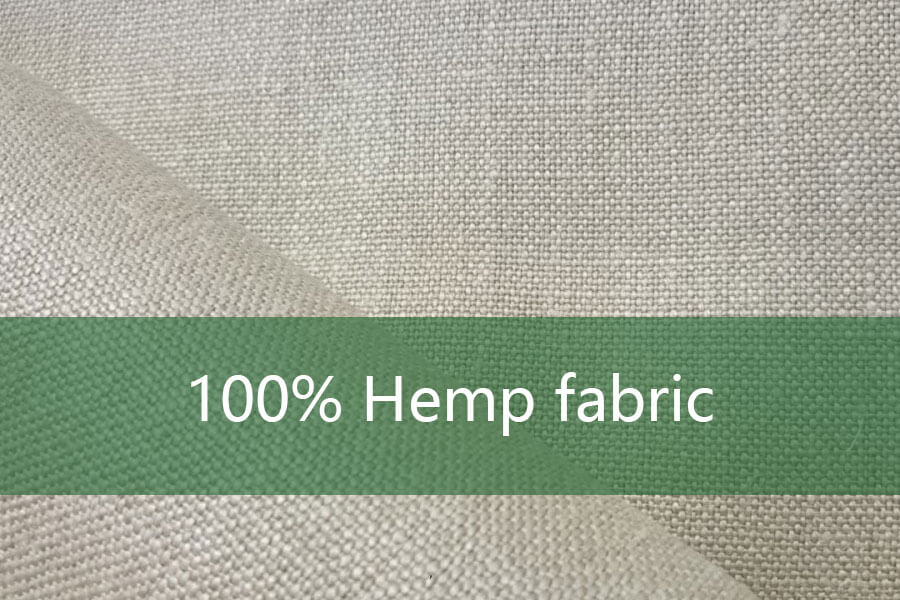
The Chinese were the first to recognize the usefulness of hemp in papermaking. In approximately 150 BC, they produced the world’s first paper, completely from hemp. The oldest documents written on paper are Buddhist texts from the 2nd and 3rd centuries AD, composed of a mixture of bark and old rags, principally hemp. We have used hemp as the medicine throughout the world for centuries. Folk remedies and ancient medicines refer to the curative values of the leaves, seeds, and roots. They recommended the seed and flowers for difficult childbirth, convulsions, arthritic joints, rheumatism, dysentery and insomnia.
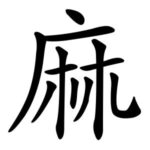 (Radical 200 (麻 or má), the Chinese character for hemp, depicts two plants under a shelter. Using hemp in Taiwan dates back at least 10,000 years.)
(Radical 200 (麻 or má), the Chinese character for hemp, depicts two plants under a shelter. Using hemp in Taiwan dates back at least 10,000 years.)
The changing legal status of hemp since 2014 has enabled states to allow hemp cultivation. In 2017, they allowed hemp cultivation in Pennsylvania on a research basis under the supervision of the Pennsylvania Department of Agriculture. This has created some interest in the commercial production of hemp for seed and fiber purposes in the state. We can grow industrial hemp for seed, fiber, or cannabidiols (CBDs) extracted from the plant tissue.
What is industrial hemp?
By definition, industrial hemp is high in fiber and low in active tetrahydrocannabinol (THC). Canada and the European Union maintain this distinction by strictly regulating the THC levels of industrial hemp, requiring it to be less than 0.3 percent.
Health Canada defines Industrial Hemp as industrial hemp includes Cannabis plants and plant parts, of any variety, that contains 0.3% tetrahydrocannabinol (THC) or less in the leaves and flowering heads. Industrial hemp also includes the derivatives of industrial hemp plants and plant parts. These do not include the flowering parts or the leaves. Examples of derivatives that are considered industrial hemp include hemp seed oil (oil derived from seed) and hemp flour/protein.
What are some uses of industrial hemp?
There are thousands of uses for industrial hemp. Some of those include fibrous stem products (paper products, molded plastics, textiles, construction materials, etc.); seed products (food products for human consumption, culinary oil, body care products, fuel, etc.), and floral/foliar products (CBD extracts).
We can process hemp seeds for the hulled hemp seed kernel, hemp seed protein, and hemp seed oil.
Hemp seeds are rich in protein, fiber, vitamins, minerals, and healthy fatty acids, including omega-3s and omega-6s. Whole seeds can be processed further to remove the outer shell to press into oil or ground into a flour or protein powder.
We extract hemp seed oil from crushed hemp seeds and are rich in vitamins, minerals, and healthy fatty acids, including omega-3s and omega-6s. Traduces inflammation and improve skin conditions. It contains no THC and therefore will not produce a mind-altering effect. Hemp-seed oil a supplement for beauty products like hair, skin, and cosmetics, dietary applications + food toppings.

